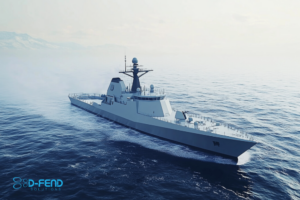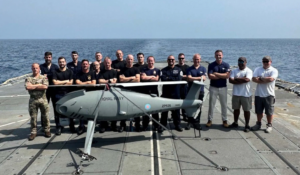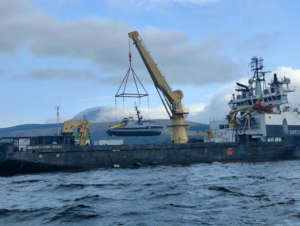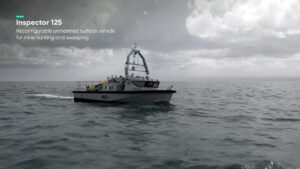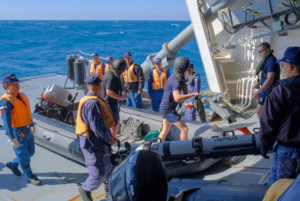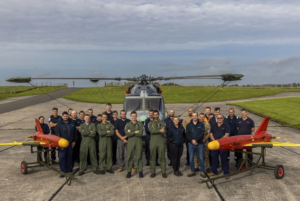Royal Navy trials drones for front-line ops
The Royal Navy has pushed two different drones to their limits to show how they could be used on front-line operations.

The units in question were the Malloy Aeronautics T-600 quadcopter and Windracers Autonomous Systems’ Ultra drone. It is the second time the drones have been trialed with initial testing last year the first step of showing how they could be utilized in operations.

The vessels tested their abilities to carry heavy payloads of 100kg over a long distance and more than 250kg over a shorter distance. The trial saw the Malloy T-600 fly with a 250kg payload while the fixed-wing Windracers Ultra dropped a 100kg payload 1,000km away to a platform replicating a Queen Elizabeth-class aircraft carrier flight deck. It was able to slow on approach and drop its package with pinpoint accuracy, according to the navy.

This Heavy Lift Challenge is a collaboration between 700X Naval Air Squadron, the navy’s Office of the Chief Technology Officer and Defence Equipment and Support’s (DE&S) Future Capability Group.
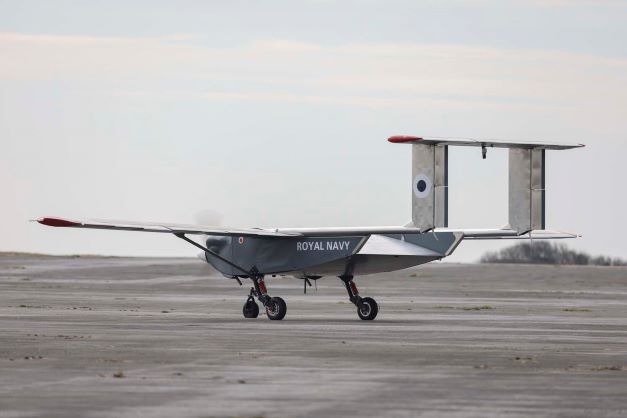
It aims to encourage industry partners to see what equipment they have which could be adapted for use by the Royal Navy to deliver supplies such as humanitarian stores, first aid, ammunition and spare parts to the front line.
Both Malloy and Windracers were given a £300,000 contract to further develop their drones.
“This is an important milestone for the Heavy Lift Challenge. We have tested how scalable and usable the autonomous technology is, with promising results,” James Gavin, Head of the Future Capability Group said.
“The Royal Navy Heavy Lift Challenge aims to increase the number of uncrewed aircraft systems available on the market, at a rapid pace. This will enable the navy and DE&S to explore, understand, develop, and acquire autonomous systems to deliver heavy payloads in a range of environments,” the navy concluded.

